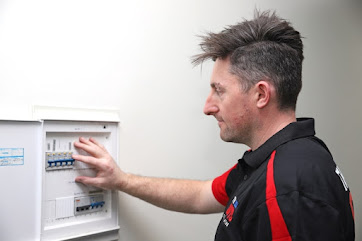An Overview of the Various Fire Extinguisher Services
The Regulatory Reform Order of 2005 must be followed by the vast majority of firms in the Australia. They must therefore install and maintain Australia Standard-approved extinguishers on a yearly basis as required by law. This may be specified in your business insurance policy in addition to being a legal obligation if you own a business.
This implies that skipping an annual booking could endanger you and your staff and invalidate any insurance claims you could have in the event of an emergency.

You must designate someone inside your company to perform visual inspections of all the building's firefighting apparatus in addition to scheduling yearly inspections. It is suggested that you check these once a week, but you are free to log these information up to once a month. Any noticeable flaws or defects should be inspected for and reported to a safety officer.
To be in compliance with Australia health and safety law, you must be aware of which fire extinguisher services to schedule and when. Continue reading to learn more about the obligations placed on business owners.
Contrary to popular belief, new extinguishers require the same maintenance as older ones. Your new equipment will undergo this inspection, known as a commission service, after being unboxed and placed in its designated area. You shouldn't try to conduct this inspection on your own.
The aforementioned yearly service that is mandated by law is a basic service. This entails performing general inspections of your building's equipment and replacing any minor missing or broken pieces. Any equipment that has to be replaced will be, or your inspector will take it away to be recharged.
If you don't understand the differences between the extinguishers in your building, you won't be able to decide what to do in an emergency. If you don't already have one, you should be able to print a chart from the internet; alternatively, you might ask a fire safety officer to provide you one that you can display.
There are four basic categories: carbon dioxide, dry powder, foam, and water (Co2). Red for water, blue for dry powder, yellow for foam, and black for CO2 should all have the appropriate labels. The equipment that can be used to fight various sorts of fires should be specified on your chart in great detail.
For instance, foam shouldn't be utilised in restricted spaces, while Co2 can be used to put out fires started by flammable liquids and live electrical equipment. For usage on wood, paper, fabrics, or flammable liquids, foam is designed. All of the aforementioned, as well as gas and live electrics, can be treated with dry powder.
Last but not least, while a water extinguisher can be used on materials like wood, paper, and textiles, it should not be used on live electrical equipment or flammable liquids. These are simply the fundamental types and classes of equipment. Get more information by getting in touch with your neighbourhood fire safety department and asking about local training programmes.

For More Info :- fire extinguisher testing australian standards
Source URL :- https://sites.google.com/view/fire-extinguisher-testing-56/homel
Visit Our Social Linl :-
https://www.facebook.com/thelocalguystestandtag

Comments
Post a Comment